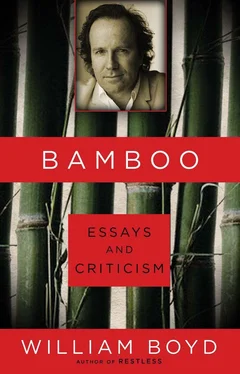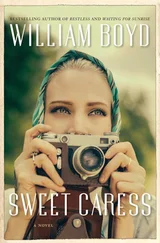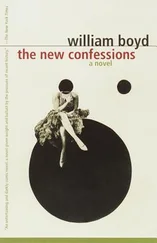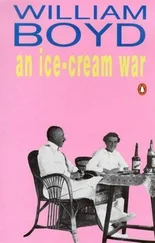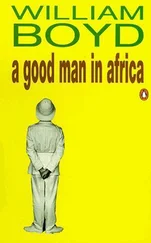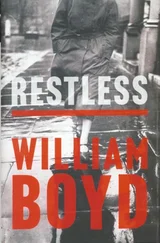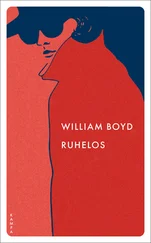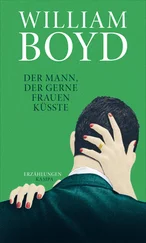Bonnard stayed faithfully with figuration and remained sui generis: his subject matter was classical — the nude, the landscape, the interior, the still life. His development and stylistic divagations were consequently un-dramatic, often marked by nothing more significant than looser brush-stroking, a more severe flattening of the picture plane, a brilliant and daring use of composition, some mannerist distortion and, of course, one of the most rich and beguiling palettes of the twentieth century.
His reputation and his popularity have recovered, unequivocally, from the inter-war slump. Bonnard is now rightly considered one of the great painters of the nude — an equal of Degas and Modigliani. This was an obsession that began early in his life, particularly after his meeting with his muse, a working-class woman called, simply, Marthe, who was his model and companion for most of his life. They met in 1893 and Marthe died in 1942—immortalized in a sequence of paintings covering five decades, ranging from the erotically charged L’Indolente (1898) to the disturbing and celebrated Nu à la Baignoire (1930).
But it is Bonnard’s domestic interiors that remain the quintessential Bonnardian subject, a form of “intimisme,” as the genre is so called, that he made his own. These pictures are in fact highly sophisticated and respond to the most stringent analysis (indeed this is where it can be convincingly established that Bonnard directly inspired Matisse). Yet for all their artistry, their bold coloration, their “flatness,” their use of a form of faux-naïf style, they exert an appeal that extends beyond the painterly. Bonnard’s interiors are pictures that we should and do unashamedly love because — effortlessly, inevitably — they conjure up and provoke memories, experiences and associations of ideas that we can all share and verify. The opening lines of Wallace Stevens’s great poem “Sunday Morning” summon up exactly this ambience and these universal emotions:
Complacencies of the peignoir, and late
Coffee and oranges in a sunny chair,
And the green freedom of a cockatoo…
Stevens’s poem could be the text behind any number of Bonnard’s magical pictures — and “magic” is the right word, I feel. Trying to analyse one’s response to these luminous, quotidian, yet timeless images is almost redundant, a waste of effort. As Vladimir Nabokov observed: art of this order is experienced in the nape of the neck. They are intimate, they are domestic, there is not much sturm und drang about them, but Bonnard’s paintings — very much like Edward Hopper’s, I would claim — possess an allure that is almost defiantly anti-intellectual — to their eternal and enduring credit. William Blake offered to show us the world in a grain of sand; Bonnard chooses to show us the world in a sunlit breakfast room, with a coffee pot on a gingham tablecloth, and a view through wind-stirred curtains of a green, dew-drenched garden with a distant glimpse of the sea beyond … Who is to say which is the more valid and enticing?
1998
The Late Works
Braque and Picasso. Picasso and Braque. The two names will be for ever yoked together in the history of twentieth-century art — a fact that is, curiously, to Braque’s detriment. Picasso’s reputation is so refulgent that his partner in what was the greatest revolution in painting since the Renaissance is inevitably somewhat obscured. Braque is the Shelley to Picasso’s Keats; the Gene Kelly to Picasso’s Fred Astaire; the McCartney to Picasso’s Lennon. The comparisons are not wholly facetious — they illustrate a genuine anomaly that often arises in the vexed and complex question of Reputation. The work that Braque accomplished after Cubism is, broadly speaking, almost unknown. The odd image of a bird, a still life or two may linger in the memory. But, outside the circles of connoisseurship, who is familiar with the great sequence of studio interiors painted through the late forties and the fifties? Or the small, charged, late landscapes whose intensity rivals that of Van Gogh? This superb show at the Royal Academy should, at the least, do something to rectify that ignorance; at best it will reconfirm Braque as an artist of the very first rank, with a character and adamantine integrity that are unique.
The show concentrates on the work of the last two decades of Braque’s life (he died in 1963) but it is worth considering Cubism as a starting point. In the few years after 1909, as Picasso and Braque simultaneously assaulted the north face of pictorial representation. It is fair to say that each had his period as trailblazer, but it can be fairly convincingly argued that it was Braque who made the most significant contribution, that Picasso seized on ideas that Braque introduced— papier collé , woodgraining techniques, the introduction of lettering, say — and gave them his own special spin. What this show makes absolutely clear, however, is that the revolution they both inaugurated in those few momentous years provided the aesthetic that was to drive Braque’s work from then on until the end of his life. Picasso returned in 1918 to classical figuration, but for Braque the essential Cubist principles of representation — the still life the dominant subject, use of multi-view perspective, the “celebration” of two dimensionality, analysis of space and relationship between objects within that frame — remained his artistic touchstones. They were elaborated, transformed and developed with a dogged consistency throughout the work that followed in the decades after the end of the First World War and Cubism’s great phase.
This doggedness, this singlemindedness in Braque reminds me of another genius and near contemporary, Paul Klee. Like Braque, Klee spent his life perfecting and refining his art with a concentration and devotion that is almost heroic. It is their attitude of mind that is similar rather than their output (though both were amongst the century’s greatest colourists). Intriguingly, they both found a form of epiphanic serenity in that fervent and solitary focus. Braque said in an interview late in his life that “objects don’t exist for me except insofar as a rapport exists between them or between them and me. When one attains this harmony one reaches a sort of intellectual non-existence … Life then becomes a perpetual revelation.” Klee wrote in his journal: “Everything we see is a proposal, a possibility, an expedient … the world [is] my subject even though it [is] not the visible world.”
The genuineness of this sort of transcendence is only established by the quality of the work that it produces. There is a profound beauty in Braque’s canvases as well as a distinct gravitas. This last note is often struck by the extraordinary way he uses black — a facility matched only by Matisse. Black becomes, paradoxically, a rich colour amidst the other hues. In a painting such as Le Chaudron the canvas is almost 50 percent black. But its sombreness is offset by the palest of blues and lemony creams. I cannot think of any other artist who can modulate such extremes of colour tone with such seductively harmonious results.
Towards the end of his life Braque’s work came full circle. His career started as a Fauvist — with vivid, astonishing landscapes — and his final period sees him quit the interiors he so loved — the secular cathedral of the artist’s studio — returning to en plein air representation. These small, often horizontally elongated landscapes of extreme simplicity are loaded with powerful emotion. Heavy with impasto, frequently painted with a palette knife rather than a brush, the paintings of flat Normandy fields or beach scenes carry an astonishing freight of foreboding, and memento mori —though it is hard exactly to pinpoint why. Unlike Van Gogh’s tormented cypresses or swirling skies there is no one element here that can be designated disturbing. But disturb they do, with remarkable force, but in a way that is stoical rather than demented, resigned rather than terrified or despairing. As a coda to a life’s work of remarkable consistency and artistic excellence they serve to underwrite both this artist’s greatness and his humility.
Читать дальше
